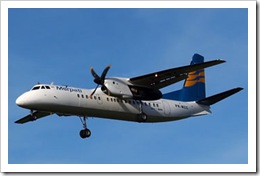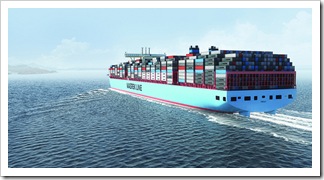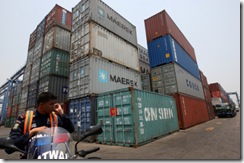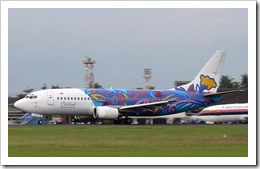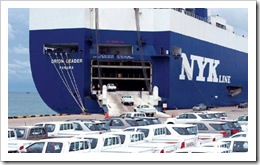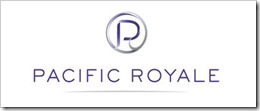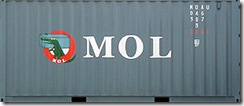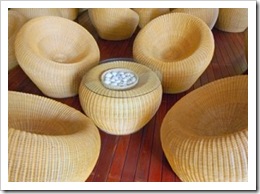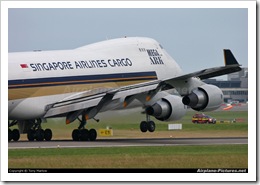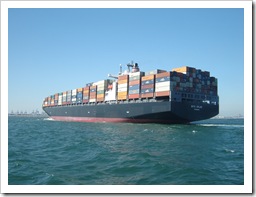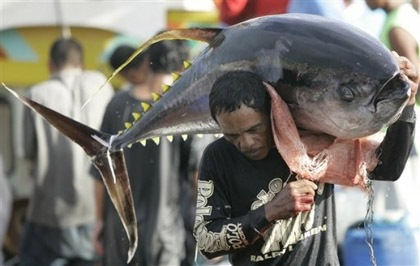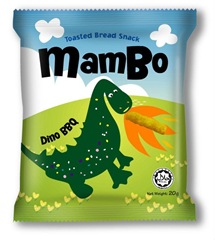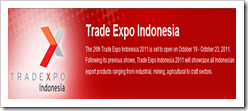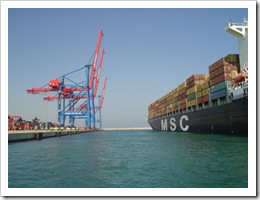
GERMANY's Hamburg Sud and Geneva's Mediterranean Shipping Co (MSC) will merge their Med-east coast South America services into one from mid-January.
The revised rotation will be Valencia, Gioia Tauro, Livorno, Genoa, Marseilles-Fos, Barcelona, Valencia, Suape, Rio de Janeiro, Santos, Buenos Aires, Montevideo, Rio Grande, Navegantes, Itapoa, Santos, Rio de Janeiro, Suape, Tangiers and back to Valencia.
The eight-ship will have seven vessels from MSC and one from Hamburg Sud, averaging 5,900 TEU.
Hamburg Sud now operates a service with CMA CGM, CSAV, and Zim with a rotation of Valencia, Tarragona, Livorno, Genoa, Vado Ligure, Barcelona, Rio de Janeiro, Santos, Buenos Aires, Montevideo, Itajai, Paranagua, Santos, Pecem, Tangiers and back to Valencia.
The MSC loop rotates through Valencia, Sines, Las Palmas, Salvador, Rio de Janeiro, Navegantes, Paranagua, Rio Grande, Santos and back to Valencia, deploying six MSC vessels averaging 5,341 TEU.
picture: google.com / source: shippinggazette
